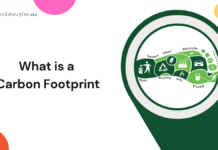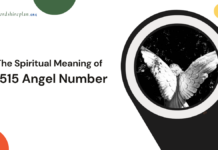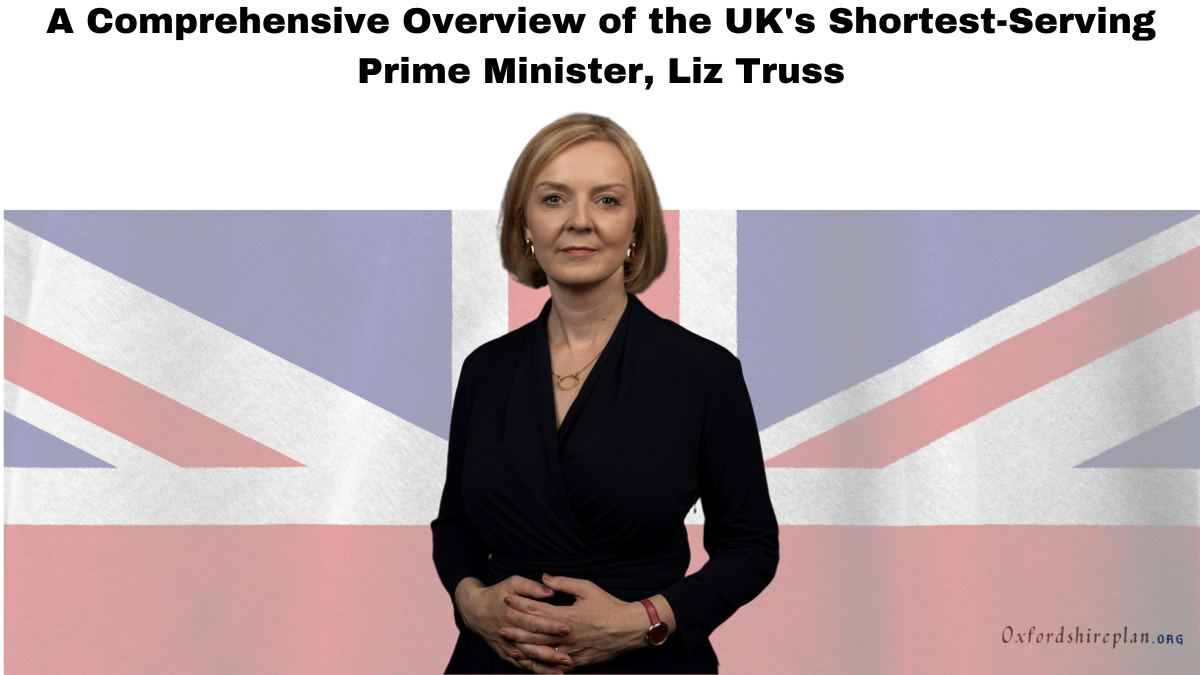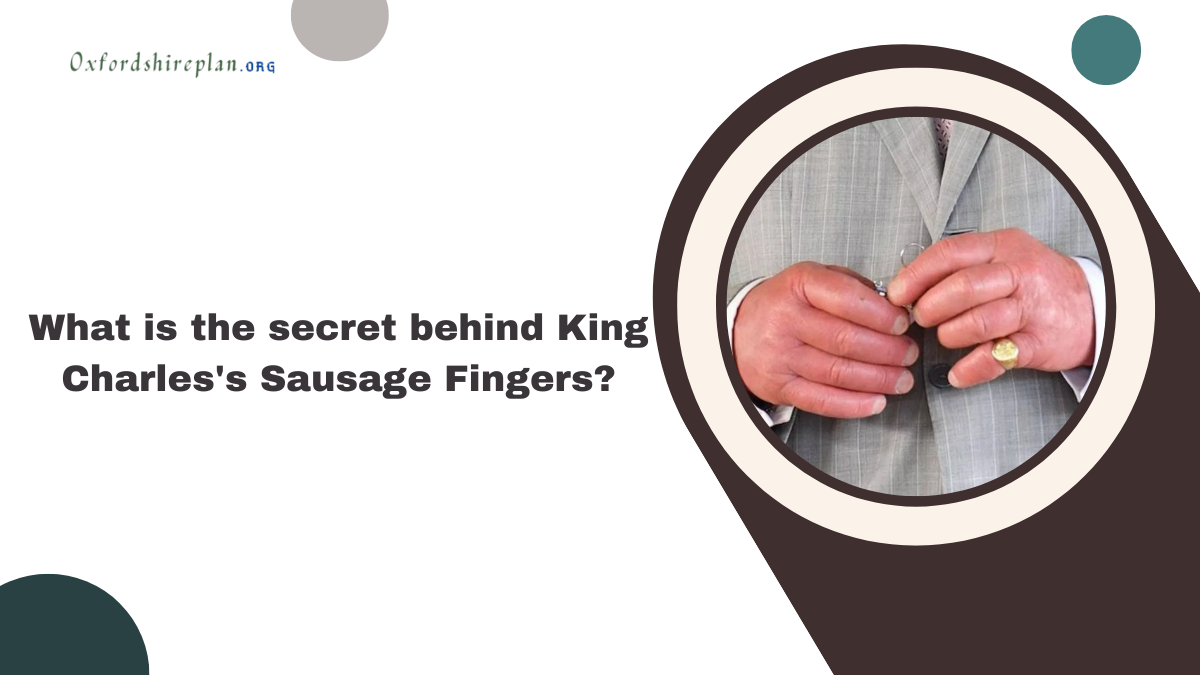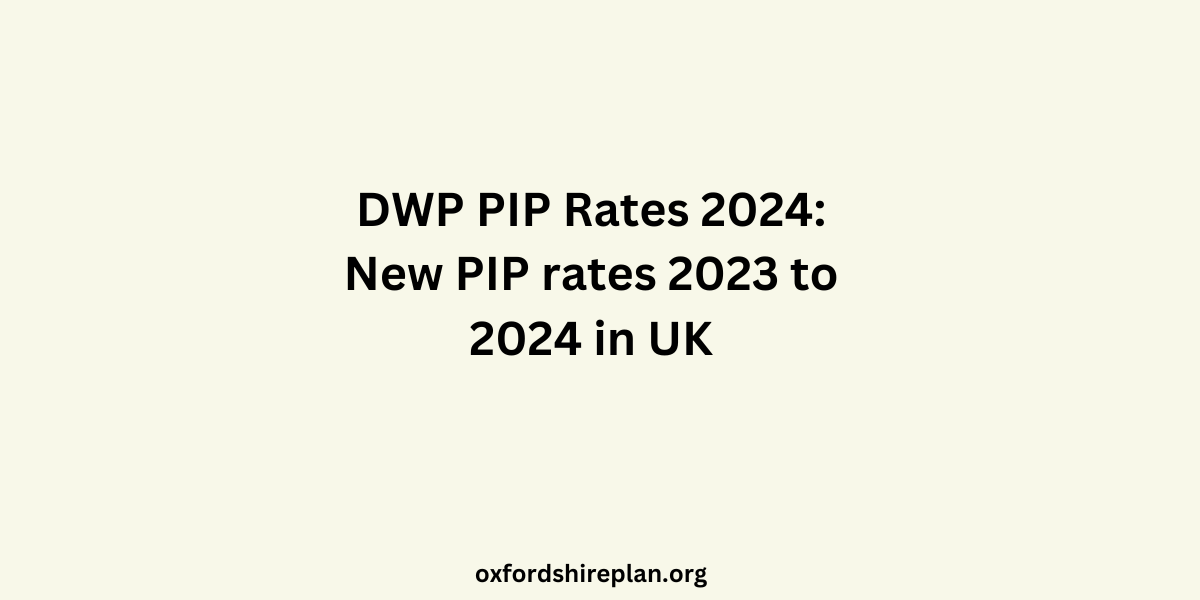Liz Truss has recently lost her seat in Parliament during the general election, almost two years after her resignation as the UK’s shortest-serving prime minister. Here’s an in-depth look at her tenure and what led to her brief term in office for those who may not follow politics closely.
Her tenure as the Shortest-Serving UK Prime Minister, Liz Truss, ascended to the role of Prime Minister on September 6, following Boris Johnson’s departure as the leader. However, her time in office was remarkably short-lived, lasting only 45 days. This set a new record for the shortest tenure, surpassing the previous record of 119 days held by George Canning, who passed away while in office in 1827.
Economic Turmoil Following the ‘Mini-Budget’ In her third week as Prime Minister, Liz Truss, with the support of Finance Minister Kwasi Kwarteng, introduced a controversial mini-budget proposing £45 billion in tax cuts. The announcement of these plans triggered a significant economic upheaval, leading to a sharp decline in the pound’s value and causing panic in financial markets. As a result, these proposed measures were reversed, and Kwasi Kwarteng was dismissed from his role as Chancellor.
Internal Party CriticismHer leadership faced intense scrutiny and opposition from within her party. A significant number of Conservative MPs openly criticized her, with many urging her to resign. The resignation of Home Secretary Suella Braverman further highlighted this internal dissent. To stabilize her administration, Truss appointed former rivals Grant Shapps and Jeremy Hunt to key positions.
Reversal of Campaign PromisesThroughout her campaign, Liz Truss had committed to reducing taxes and stimulating economic growth. However, during her resignation speech outside Downing Street, she acknowledged her inability to fulfil the mandate upon which the Conservative Party elected her.
Leadership Campaign and ElectionTruss became Prime Minister not through a general election but through a leadership campaign. The decision was made solely by Conservative MPs and party members. After a protracted two-month voting process, she emerged victorious over former Chancellor Rishi Sunak in the final round. Following her resignation, Rishi Sunak succeeded her as Prime Minister. Liz Truss subsequently lost her seat in the 2024 general election.
Future ProspectsHaving lost her position as the MP for South West Norfolk in the 2024 election, a seat she had held since 2010, Liz Truss’s future endeavors remain uncertain. Despite winning by a significant margin of over 26,000 votes in 2019, she could not retain her seat in the most recent election. Before her political career, she worked for Shell and Cable & Wireless. Liz Truss is married and has two daughters.
This overview encapsulates Liz Truss’s brief and turbulent tenure as the UK’s shortest-serving Prime Minister, highlighting the key events and challenges during her time in office.
Read More:

I am a dedicated lifestyle and fashion enthusiast, always looking for the latest trends and timeless styles. With a flair for creativity and a passion for self-expression, I provide fresh insights and tips on elevating everyday living and personal style.

